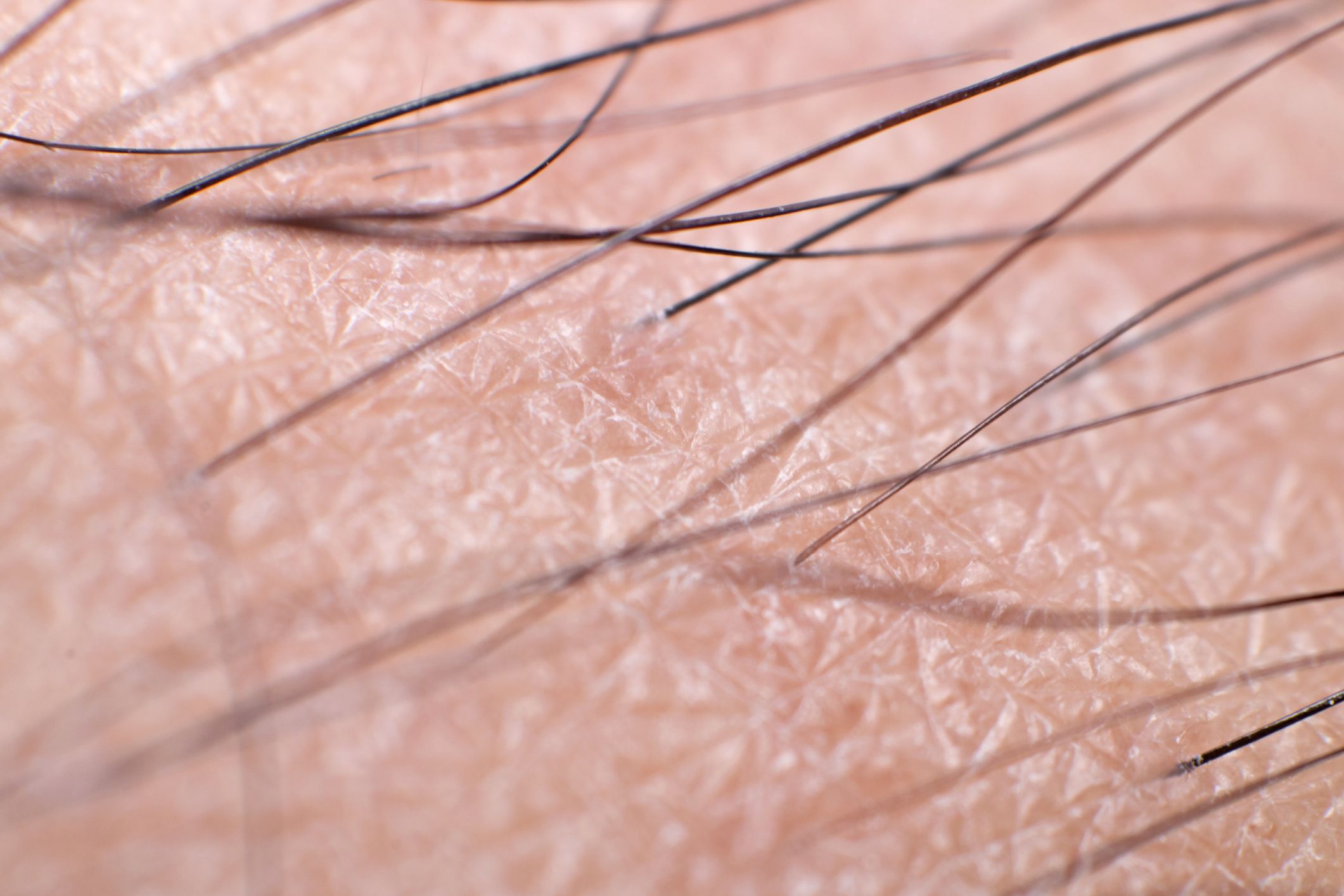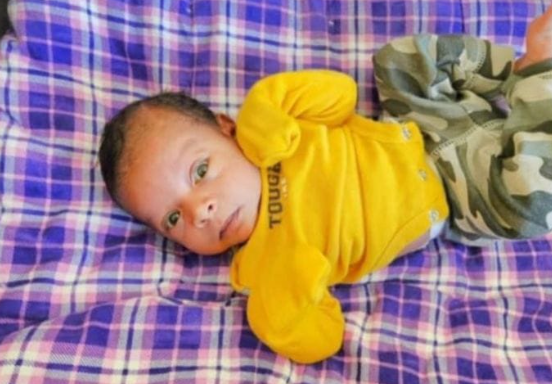
Why can millions of hairs grow from our heads, and yet our palms and the soles of our feet are as bare as anything? It all comes down to a special molecule in our bodies, according to the scientists who have found it.
The hairless regions of our skin secrete a special type of molecule known as an inhibitor. This particular one is a protein named Dickkopf 2 (DKK2). These effectively brick-up the WNT pathway, which is in charge of triggering hair growth in our bodies. Scientists at the University of Pennsylvania School of Medicine believe certain animals have evolved to produce DKK2 in certain parts of their bodies, depending on what will best help different creatures to survive.
"In this study, we've shown the skin in hairless regions naturally produces an inhibitor that stops WNT from doing its job," Professor Sarah E. Millar, an author of the study published in the journal Cell Reports, commented.
Millar, who is a professor in dermatology at the University of Pennsylvania School of Medicine, continued: "We know that WNT signaling is critical for the development of hair follicles; blocking it causes hairless skin, and switching it on causes formation of more hair."
Read more: How to get rid of hair lice with natural remedies
For their study, the researchers analyzed mouse skin similar to that on a human wrist. Their work showed the protein DKK2 was expressed highly in this part of the mammal compared to hairy areas.
As with mice, humans don't grow hair in their wrist area, whereas other mammals, like rabbits and polar bears, do, the authors highlighted. When they compared DKK2 expression in mouse wrist skin with rabbit, they found it in lower levels in the latter.
"WNT is still present in hairless regions, it's just being blocked," explained Millar.
The team hopes its findings could help prompt further research into hair growth. This could, in turn, lead to treatments in those where the body has stopped producing hair in particular areas, for instance those with deep wounds or burns, Millar said.
"We hope that these lines of investigation will reveal new ways to improve wound healing and hair growth, and we plan to continue to pursue these goals moving forward," Millar said.
The study is the latest to attempt to answer why the hair on our bodies appears as it does.
In May, researchers at the National Institutes of Health and the University of Alabama, Birmingham offered a new reason why our hair turns gray: our immune systems.
Melanin, which gives hair its color, is made up of cells called melanocytes. When our hair drops out, stem cells add melanocytes to new follicles. But when the stem cells cease to work, the pigment is no longer added.
The scientists behind the paper published in the journal PLOS Biology showed the immune system's reactions to attacks on the body can affect how proteins that help melanocyte stem cells function can turn hair gray.
Uncommon Knowledge
Newsweek is committed to challenging conventional wisdom and finding connections in the search for common ground.
Newsweek is committed to challenging conventional wisdom and finding connections in the search for common ground.
About the writer
Kashmira Gander is Deputy Science Editor at Newsweek. Her interests include health, gender, LGBTQIA+ issues, human rights, subcultures, music, and lifestyle. Her ... Read more
To read how Newsweek uses AI as a newsroom tool, Click here.





